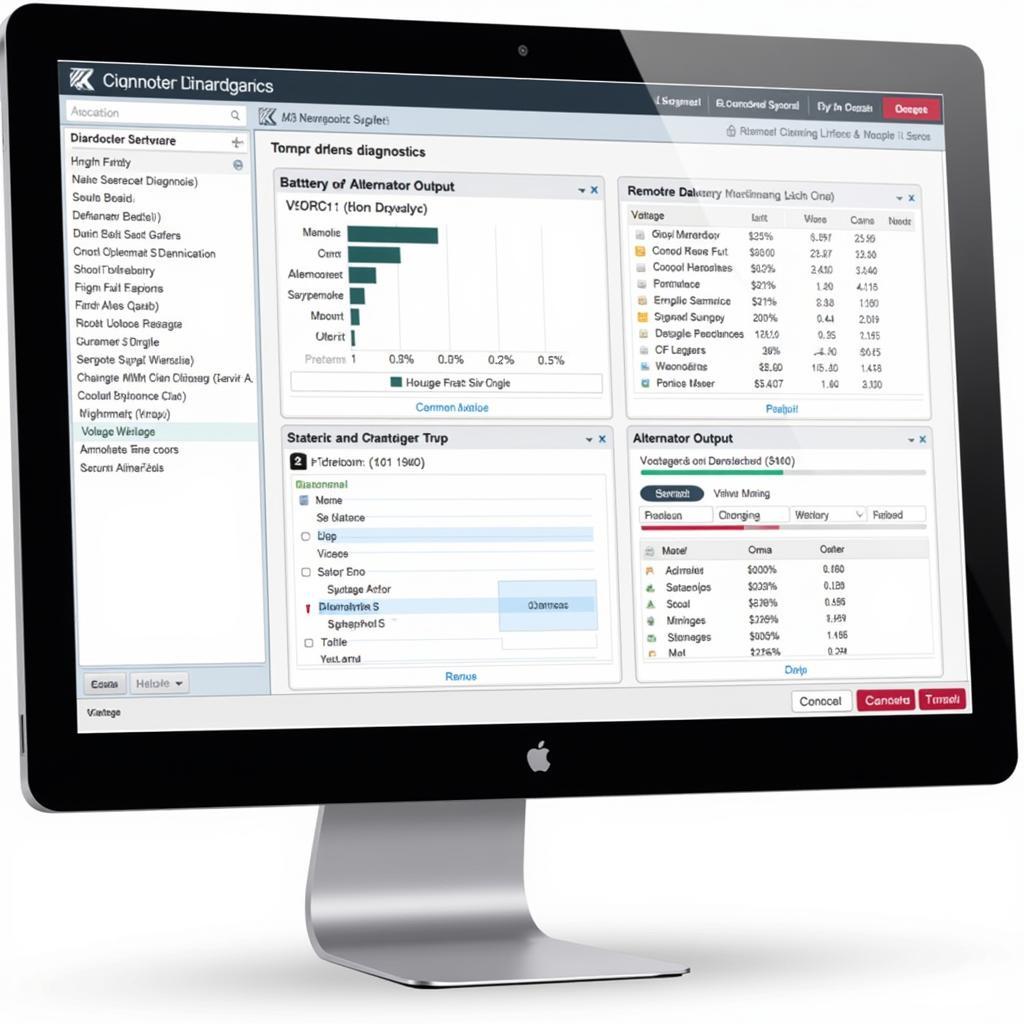If your Tesla Model S key fob has suddenly stopped working after a battery change, you’re not alone. This is a common issue, and thankfully, usually an easy fix. This article will guide you through the various troubleshooting steps and solutions for a Tesla Model S key fob not working after battery change, helping you get back on the road quickly. Let’s dive into why this happens and how to fix it. Check out this informative guide on the tesla model s key fob.
Why is My Tesla Model S Key Fob Not Working After a Battery Change?
Several factors can contribute to a malfunctioning key fob following a battery replacement. Sometimes, the battery isn’t properly seated in the fob. Other times, the fob needs to be re-synced with your car after the battery is replaced. There’s also the possibility of a more complex issue, like a faulty key fob or a problem with the car’s receiver.
Troubleshooting Your Tesla Model S Key Fob
Before jumping to conclusions, let’s try some basic troubleshooting steps. These often resolve the issue without needing any specialized tools or knowledge.
- Check the Battery: Ensure the new battery is correctly installed and making proper contact. Try flipping the battery or using a different brand.
- Try the Spare Key Fob: If you have a spare key fob, see if it works. If the spare fob functions correctly, the problem lies with the original fob, not the car.
- Move Closer to the Car: Sometimes, distance can be the culprit. Try standing closer to your Tesla Model S when using the key fob.
How to Resync Your Tesla Model S Key Fob
Often, the solution to a non-responsive key fob is a simple resync. Here’s a step-by-step guide:
- Enter Your Tesla Model S: Use your phone key or key card to unlock and enter your vehicle.
- Place the Key Fob on the Center Console: Locate the designated spot on the center console, usually near the cup holders, and place the malfunctioning key fob there.
- Wait for Confirmation: Your Tesla’s touchscreen should display a message confirming that the key fob has been recognized and re-synced.
What if Resyncing Doesn’t Work?
If resyncing your key fob doesn’t solve the issue, there might be a deeper problem. You might need to replace the key fob. For information on the Model 3 key fob, see our guide on the tesla model 3 key fob.
Advanced Troubleshooting and Solutions
Sometimes, the issue isn’t a simple fix. Here are some more advanced troubleshooting steps and solutions:
- Check for Interference: Electronic devices, particularly those operating on similar frequencies, can sometimes interfere with key fob signals. Try moving away from potential sources of interference.
- Contact Tesla Service: If you’ve tried all the troubleshooting steps and your key fob still isn’t working, it’s time to contact Tesla Service. They have the diagnostic tools and expertise to identify and fix the problem.
“Key fob issues can be frustrating, but are often easily resolved with a simple resync. However, sometimes a deeper issue requires professional diagnosis.” – John Smith, Automotive Electronics Engineer
“Always ensure the battery is correctly seated in the fob before attempting a resync. This simple check can save you a lot of time and frustration.” – Jane Doe, Senior Tesla Technician
Conclusion
A Tesla Model S key fob not working after a battery change can be a frustrating experience. However, with the simple steps outlined in this article, you can often quickly resolve the issue and get back on the road. If the problem persists, don’t hesitate to contact Tesla Service for professional assistance. Remember to always check the battery placement first before attempting a resync. Hopefully, this guide has helped you fix your Tesla Model S key fob not working after battery change.



